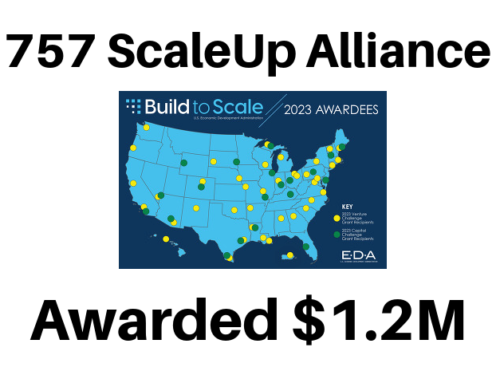Above-Normal Activity Predicted for This Hurricane Season
From The United States Census Bureau By EARLENE K.P. DOWELL
The 2021 hurricane season began on June 1 and the nation is bracing for a 60% chance of above-normal activity: The outlook from the National Oceanic and Atmospheric Administration (NOAA) includes a range of 13 to 20 named storms.
Six to 10 of the storms could become hurricanes, including 3 to 5 major hurricanes (category 3, 4, or 5).
Tropical storm Ana graced the Atlantic on May 22, weeks before the official start of the 2021 hurricane season. Tropical Storm Bill formed on June 14, Tropical Storm Claudette on June 19, Tropical Storm Danny on June 28 and Hurricane Elsa on July 1.
After last year’s record-breaking hurricane season, the U.S. Census Bureau released an infographic of the three major Atlantic hurricanes that made landfall in the United States in 2020, using the Longitudinal Employer-Household Dynamics OnTheMap for Emergency Management data tool.
Above-Normal Activity
In 2020, there were 30 named storms, of which 14 became hurricanes, including seven major hurricanes last year. Major hurricanes are known to carry winds of 111 mph and higher.
The season was so active we ran out of the alphabetical list of names and had to borrow some from the Greek alphabet.
This year, however, the Greek alphabet will no longer be used partly due to difficulty translating in different languages. Instead, any extra storms will be named through a supplemental names list from the World Meteorological Organization (WMO).
Several factors contributed to NOAA’s prediction for an above-normal hurricane season. Among them: predicted warmer-than-average temperatures in the Tropical Atlantic Ocean and Caribbean Sea; weaker tropical Atlantic trade winds; and an enhanced west African monsoon.
Planning for Disasters
OnTheMap for Emergency Management is a public data tool that provides an intuitive web-based interface for accessing U.S. population and workforce statistics, in real time, for areas affected by natural disasters.
The tool allows users to retrieve reports containing detailed workforce, population and housing characteristics for hurricanes, floods, wildfires, winter storms and federal disaster declaration areas. The information helps communities not only plan for emergencies but in recovery efforts after disasters strike.
For example, the infographic provides the number of housing units in the affected areas during 2020’s three major hurricanes that made landfall in the United States. Data provided by the 2014-2018 American Community Survey (ACS) shows there were nearly 20 million houses built in the impacted areas from 1989 through 2018.
Hurricane Zeta posed a threat to the greatest number of homes: More than 15 million potential housing units were affected during the storm. In contrast, only 2.4 million homes were in the path of Hurricane Delta.
[Source: U.S. Census Bureau]







